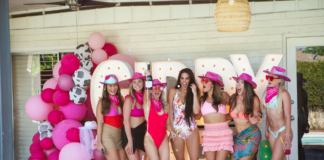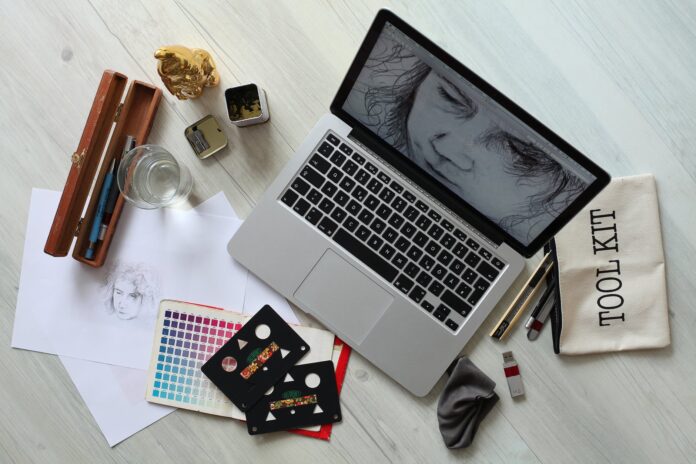
Graphic designers are visual creators. By working with images, graphics and words, they make the information come to live. Graphic designers use a variety of design elements such as shapes, colors and textures to do their work. They create everything from posters to Mobile interfaces and animations.
Work as a designer will give you a lot of benefits, like :
- the possibility of remote earnings (freelancing);
- constant development;
- the ability to master it from scratch;
- You are always in demand.
So how to start a career as a graphic designer?
At the very beginning, you need to understand in which area of graphic design you want to develop. There are many directions which you can develop, and each one deserves special attention.
Deciding on a choice, you can understand which of the possible tools you need and in which you need to get pumped. For example, for web design, it is enough to know Adobe Photoshop, for creating logos or icons – Adobe Illustrator. If you’re not going to be limited to the development of design for the Internet space, you’ll need the program Adobe InDesign for print layout.
There is an opinion that a web designer needs to know a programming language (HTML/CSS). Truth be told, knowledge of programs for Web site layout is not necessary.
Regardless of what type of design gives you to interest, you need to follow these principles to succeed in design:
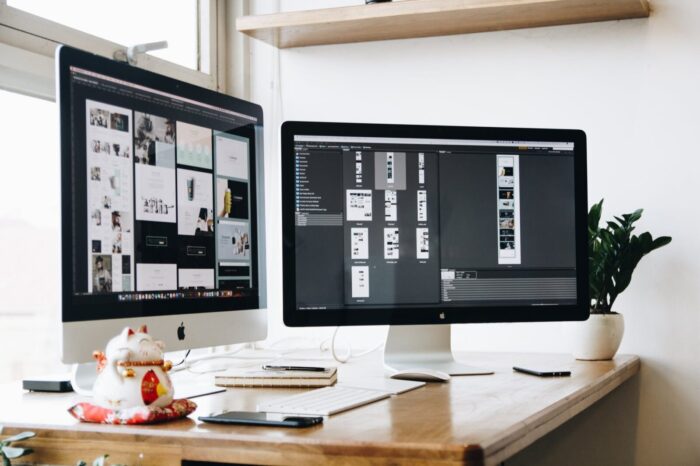
Read special literature
To work in design, you need a strong theoretical background. You need to know about color science, composition, perspective, how to use professional programs, and how to promote your services. If you choose landscape design, study agronomy and geodesy, and if you decide to become a fashion designer, you need to be aware of fashion trends and understand materials and fittings. With the right books, you will greatly expand your horizons.
Start drawing
Designers should know how to draw. It makes your understanding of graphic design much easier. If you can’t draw, there’s nothing wrong with that. The main thing is to start doing it and you will notice a change.
Use video tutorials
But not for too long. Yes, the tutorials are great to help you understand how the tools work. But when you become more or less familiar with graphic editors, there’s no need for lessons. Start practicing!
Mood matters
Start all your projects with a clear mind and in a good mood. As practice shows, the best designs are products of well-being. Grab a cup of your favorite tea, turn on the music you like, and get creative.
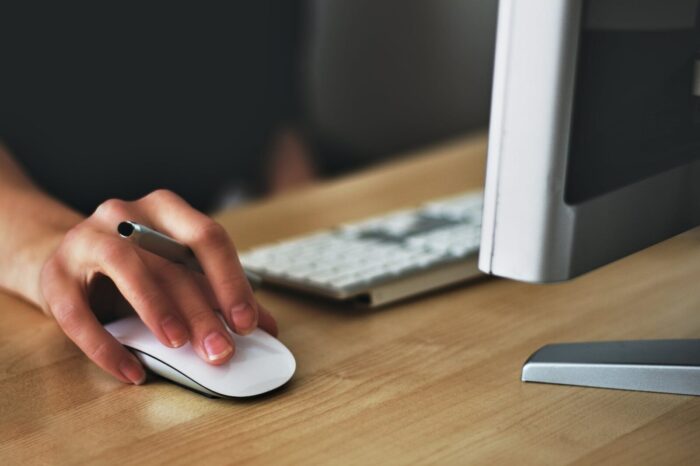
Get inspired with the work of professionals
You will often meet talented people who create incredibly beautiful and at the same time functional websites, illustrations, logos, etc. They are the ones worth bookmark, subscribe to their pages at behance.net.
Who doesn’t know, Behance is a platform to showcase the work of illustrators, designers, photographers. You’re not there yet? Hurry up and sign up and fill it with your work, and get inspired by others.
“Piggybank” has photos of packages, labels, and posters. Collect everything and keep it carefully. It helps you to develop creativity and to see the world from a broader perspective.
You could join Pinterest and collect the ideas you like.
Study fonts
Do you pay attention to fonts? It is very important for the codifier when he gets a layout with the “right” text. This means that line spacing, spacing, size, etc. are taken into account.
Learn how to use fonts, and each of your works will be positively evaluated. That’s awesome!
Practice on the real cases
Ask your friends if they need some design for themselves. Learn to understand the requirements, get used to how they are composed. No one will give you the terms of reference right away – at least a good one. Use contest sites like DesignCrowd to get some practice.
Save your works
Everyone, and designers, in particular, need to know our growth points. Keep all your sources in a special folder or drive. Maybe you will go back there and bring some work to perfection.
Develop your unique style
Have you ever seen some work and wanted to make it better, adding your own vision? Take someone else’s idea and refine it. It’s fun and interesting at the same time. Try it, it will help develop your style.
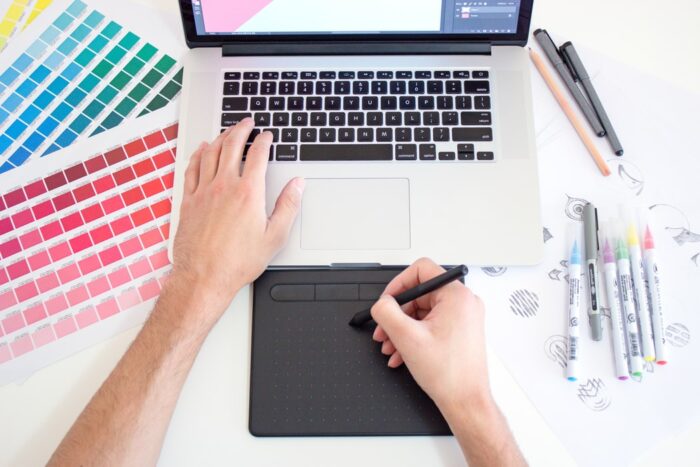
Use Mock-Ups
Don’t hesitate to use mockups to present your works to the world. Professionally made mockups can make your works look fuller and more expensive. Just check this magazine mockup that you can use to display your portfolio. For more info check https://www.ls.graphics/free-mockups/magazine-mockup.
Follow the trends
As you see that new tool appears – try it. Maybe you will not like it – no big deal, put it aside and do not touch it again. But this way you won’t miss useful and important software, which will be used by everyone in six months.
Create your own portfolio
Friends, it’s important for us to present ourselves in a way that makes us want to approach us with an order. That’s why a portfolio is your face.
Get on display
You have to develop a personal brand. You can go on about being a designer, but if Google doesn’t know your name, it’s like you don’t even exist. You have to find a social network where people from your field hang out and do self-management. Your social media account is how a lot of people will know you. Push hard on your Instagram and Facebook. Your followers may know you as the fun party guy, or they may know the professional. You have to go to designer gatherings, meet people, surf the Internet, and most importantly, don’t wait, but do.
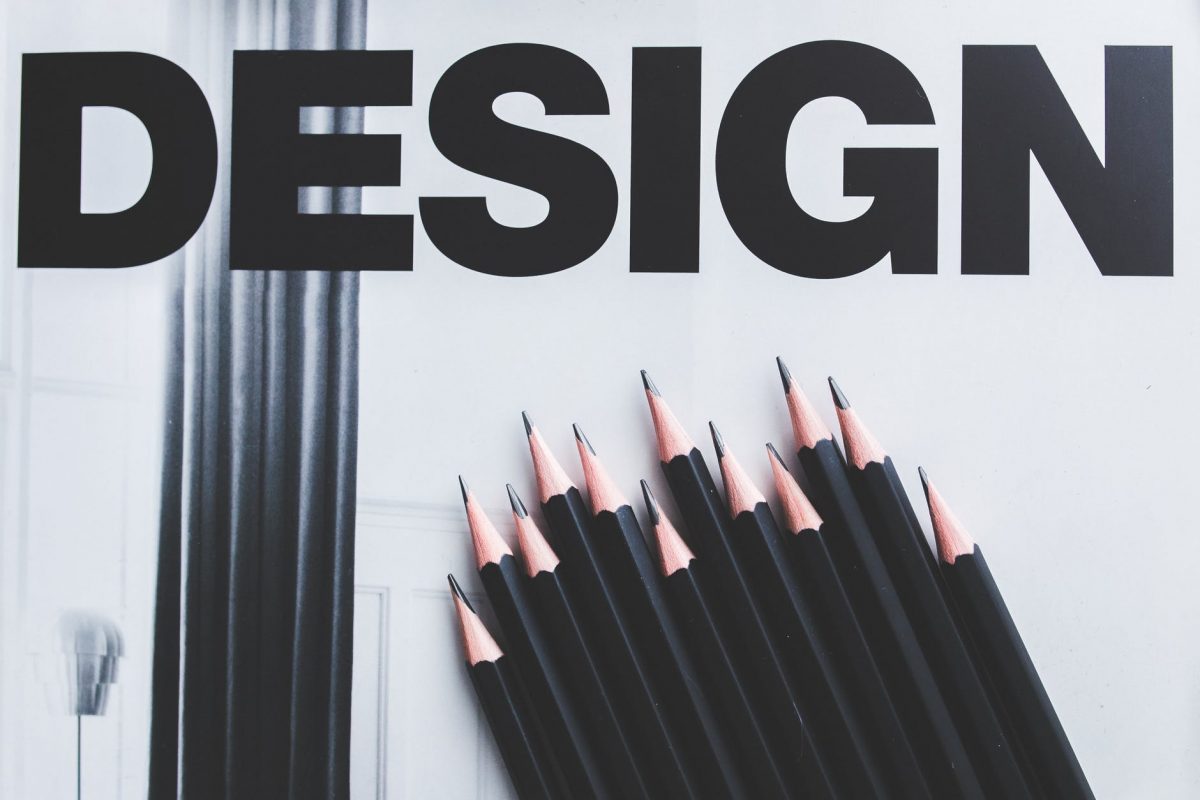
Don’t be afraid to jump over your head and you’ll reach it.
Don’t be shy to do tests for huge design studios. If your portfolio doesn’t shine yet, this is a good chance to add some decent projects to it.
You’ve only been studying design for a few months and they’ve already agreed to hire you and pay you? Take the job, even if you’re scared. Then you’re already good enough. Reading books and going through one lesson after another is a dead end. Take on difficult tasks and figure them out as you go. Yes, it will be hard, but what progress!







